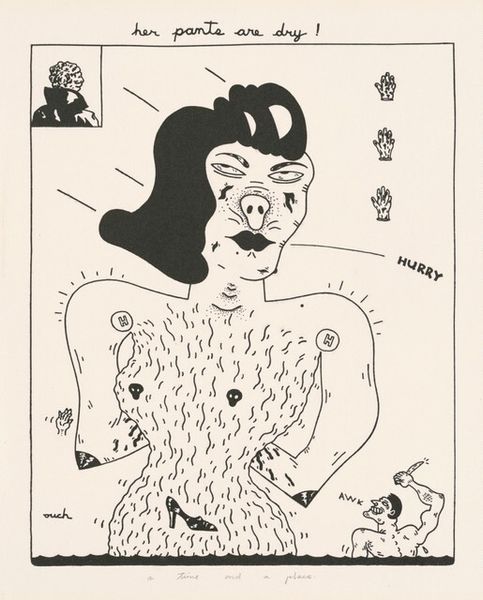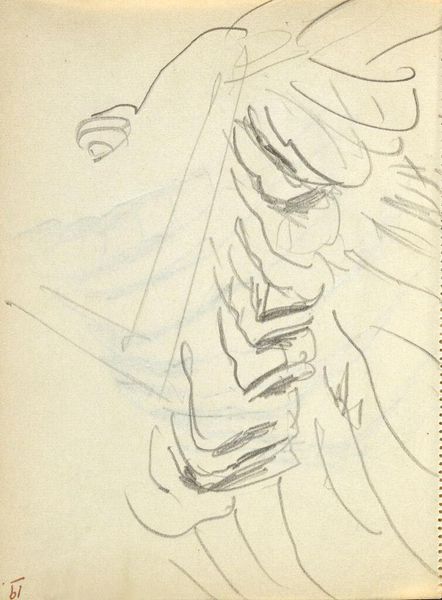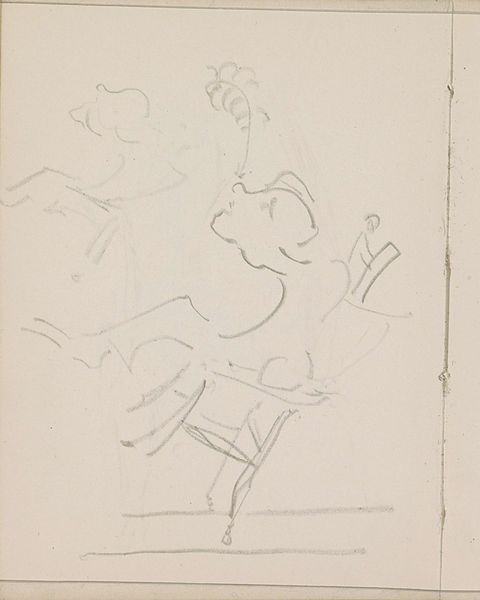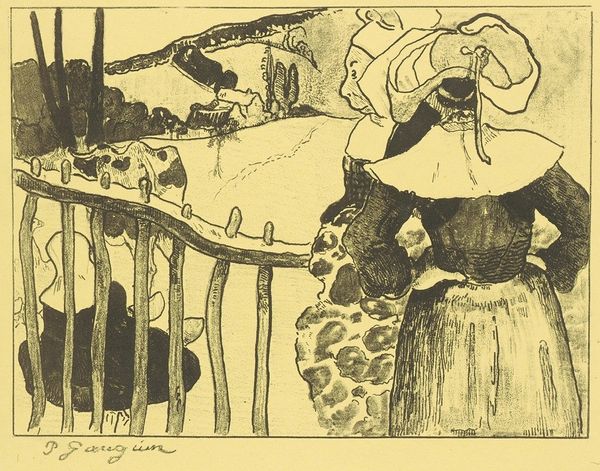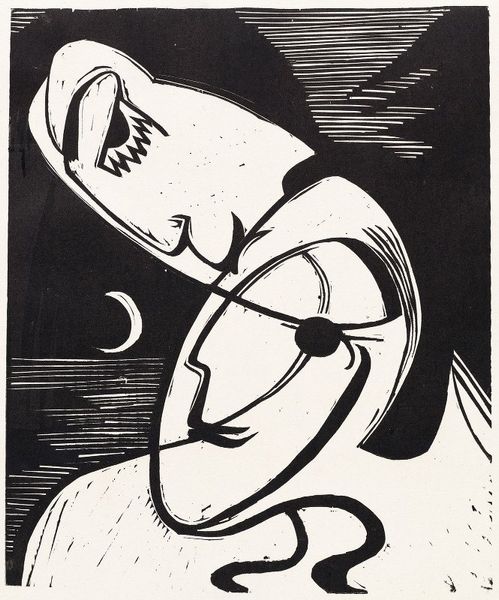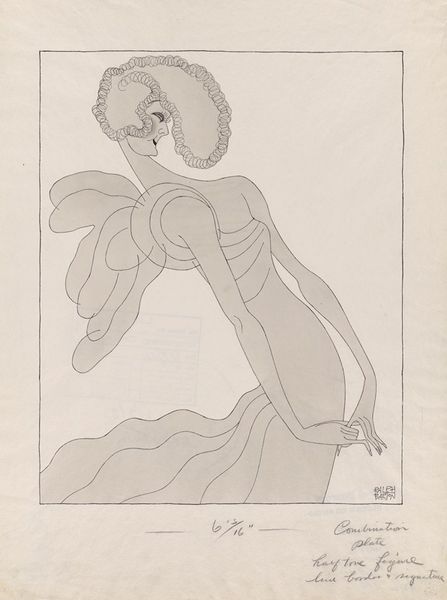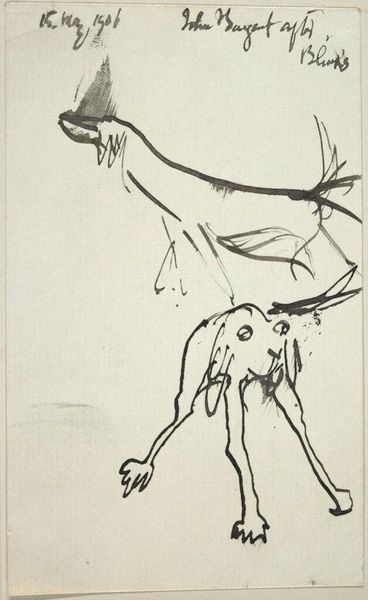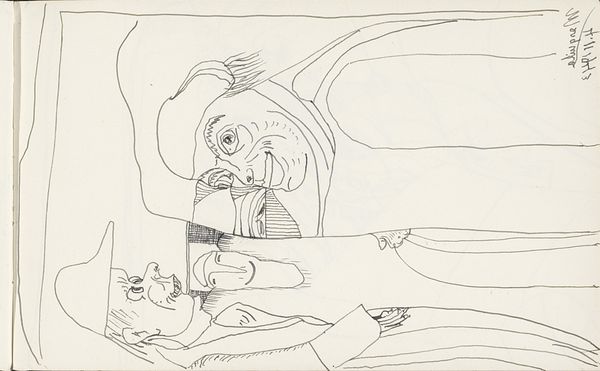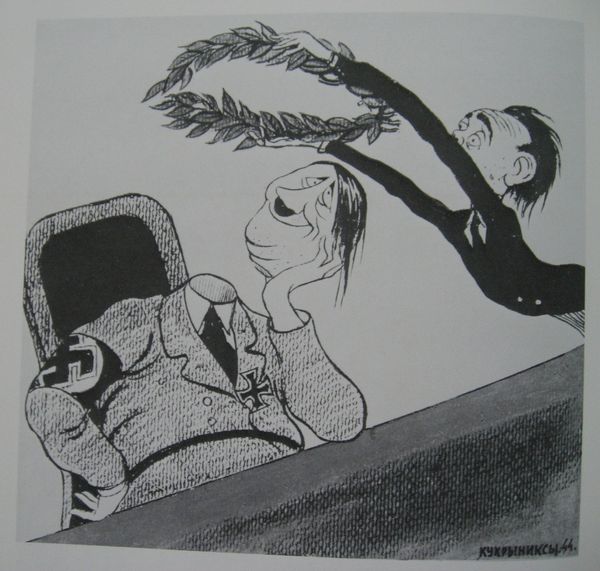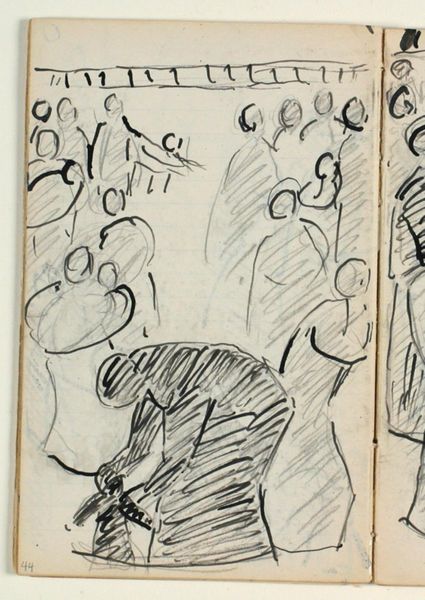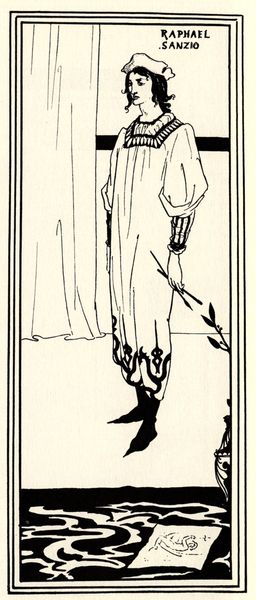
drawing, lithograph, print, ink
#
portrait
#
drawing
#
art-nouveau
#
lithograph
# print
#
figuration
#
ink
Copyright: Public domain
Editor: This is Henri de Toulouse-Lautrec's lithograph "Jane Avril." The dynamic black ink strokes create a strong sense of movement. How should we understand it? Curator: Let’s look beyond just movement, which is undeniable. Consider the political climate of Montmartre at the time. Lautrec often depicted performers like Avril, who were figures of both spectacle and exploitation in the burgeoning Parisian nightlife. Editor: Exploitation? It just looks like a snapshot of a dancer on stage. Curator: But consider the power dynamics at play. Avril, though celebrated, existed in a precarious social space. The male gaze, both literally from the audience and figuratively from artists like Lautrec, framed her existence. Is this a celebration of female empowerment, or a visual capture that reinforces existing societal inequalities? Editor: That’s interesting. The image, seemingly simple, now feels complex. Does her costume factor into this dynamic? Curator: Absolutely. The clothing signifies a particular type of performance, but also hints at the constructed nature of identity, especially for women in that era. How does her posture – the way she holds her body – speak to you? Editor: She looks posed, almost doll-like. Is this what you mean by a constructed identity? Curator: Precisely. It’s not necessarily her 'true' self, but a performance *of* self, shaped by social expectations and the desires of the viewer. Thinking critically about this adds so many more layers. Editor: I had only considered the art nouveau elements before, like the curvilinear lines. I’ll remember to examine such issues in this era of art.
Comments
No comments
Be the first to comment and join the conversation on the ultimate creative platform.
